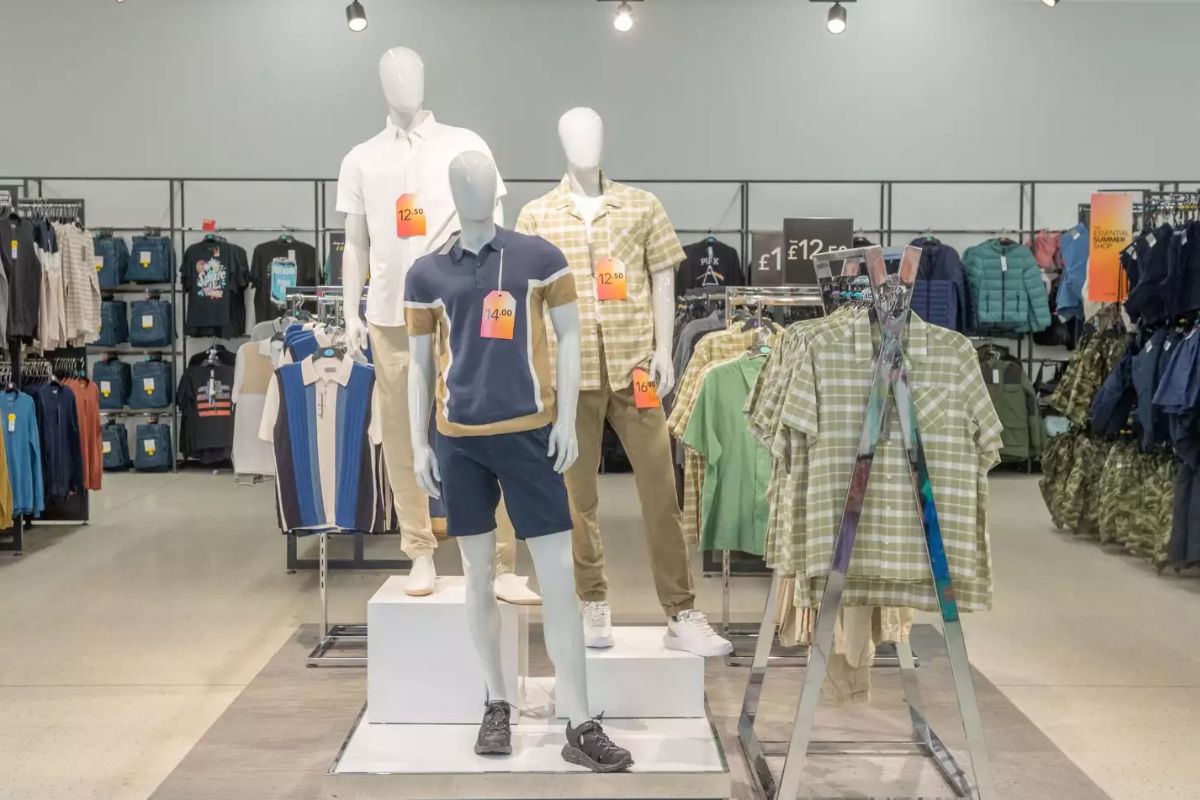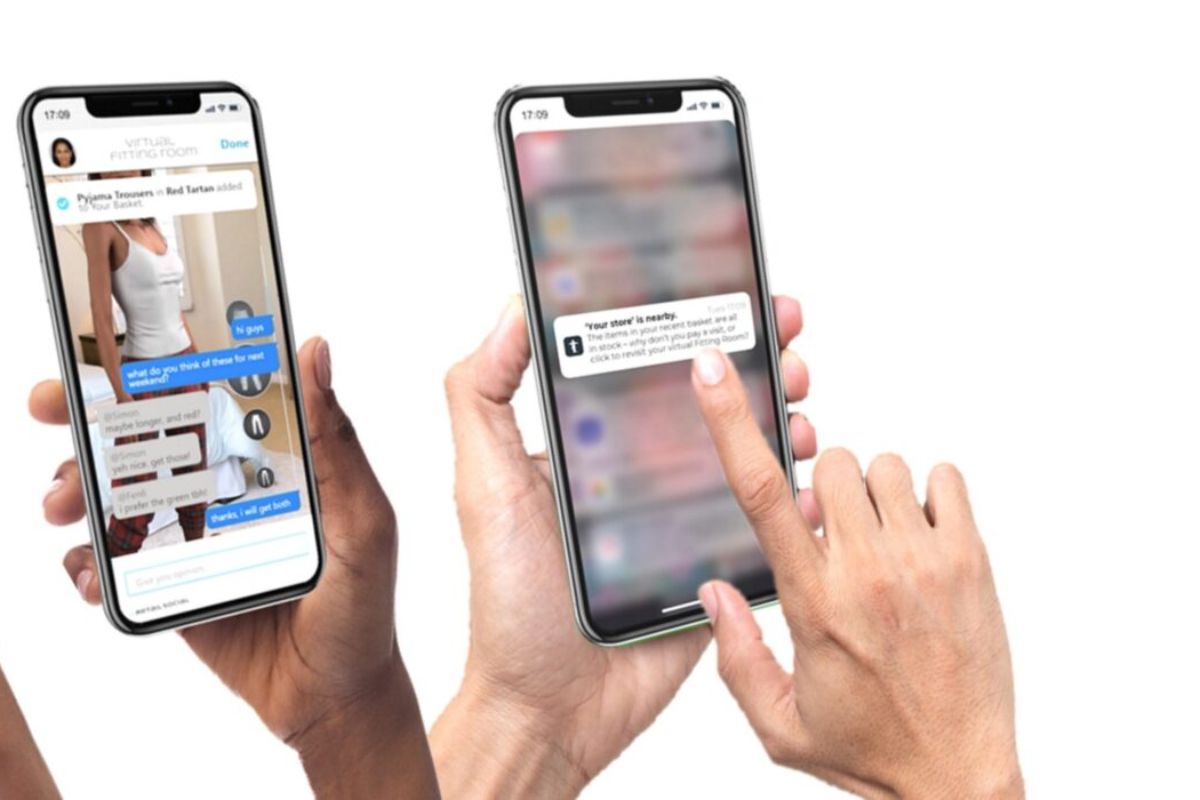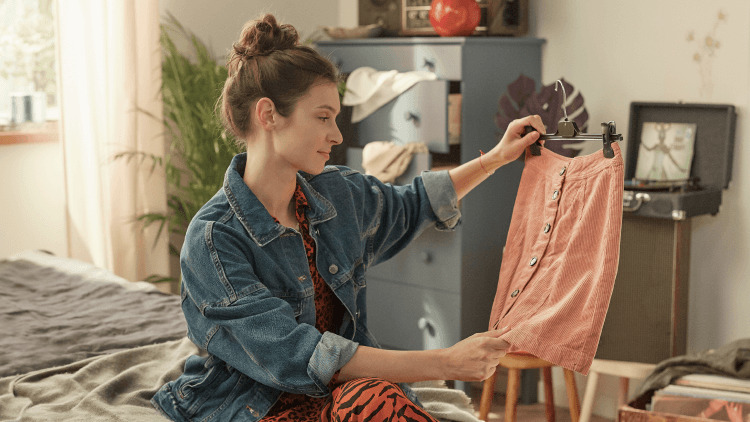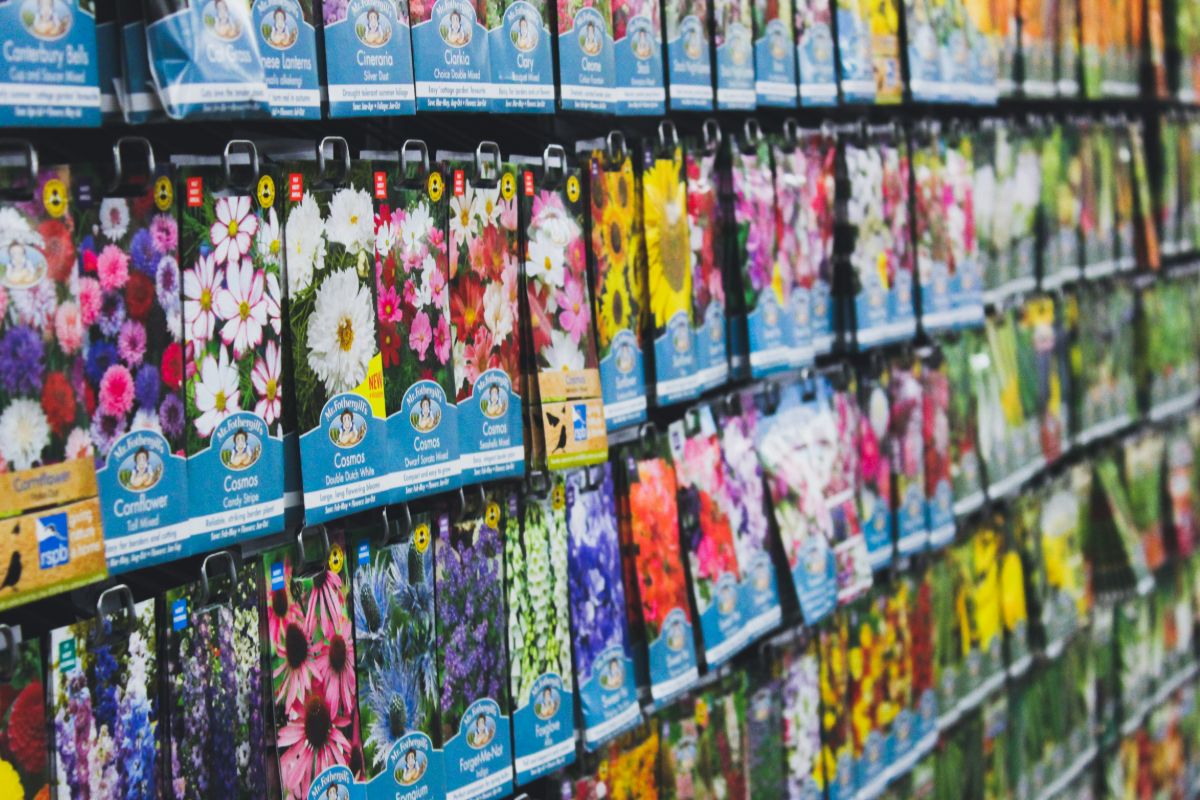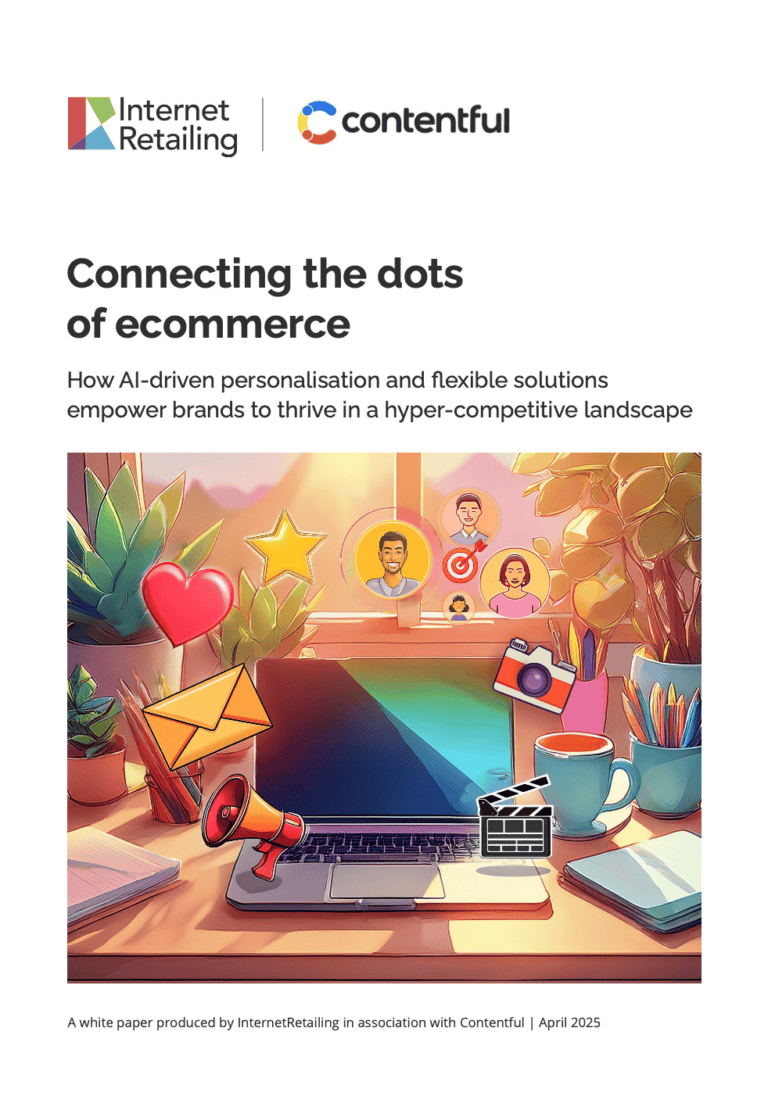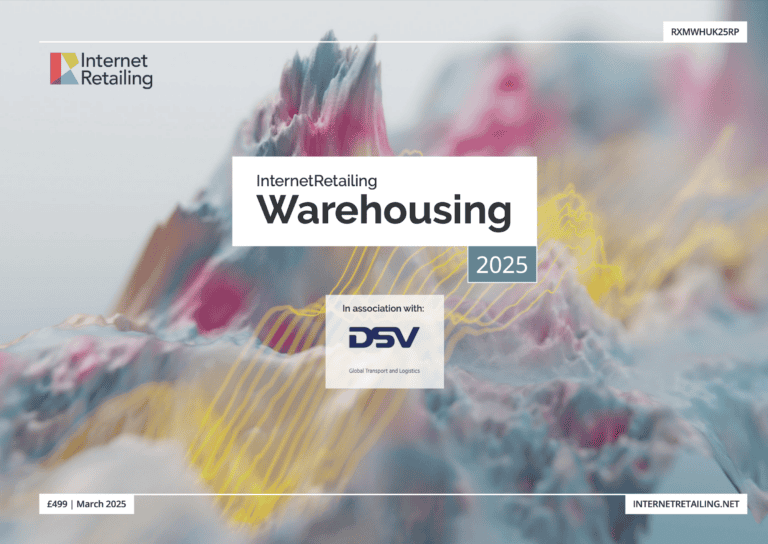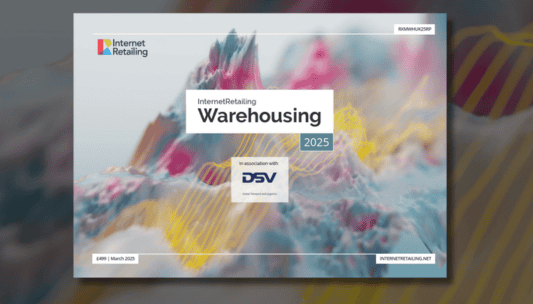You could argue that 2018 was (again) the year of the mobile: it came to dominate online sales, taking more than half of ecommerce traffic and conversions, while also cementing its position as the go to tool for research, showrooming, Ghosting and more.
So what of 2019; what will it be the year of? Well, more mobile – only this time it will be mobile closing the circle of ecommerce, location, in-store and search. In short, 2019 will be the year that mobile will deliver a step-change in how people shop.
But first the elephant(s) in the room: Brexit and subdued consumer spending. The two are linked, of course, with the uncertainty about what Brexit may look like subduing consumer spending. Against this backdrop, how will retail step out in 2019?
Likely as not, innovation will be seen as the last roll of the dice: one last spending push on tech to try and shake things up. And the retailers that get it right will be the ones that succeed – and that goes for on the High Street as much as in online.
Asos has been the poster boy of retail and ecommerce for some time and it had a really bad end to 2018. But a predicted Boxing Day bounce could yet see that turned around. It also has been one of the vanguard of retailers embracing mobile tech trends that will, in 2019, be the differentiators for many players. Did it work for them? No, not yet, but it will – and it will work for all retailers that get it right.
So what are some of the key mobile trends that we shall see in 2019?
Voice and visual search
Mobile devices and smart speakers alike are inculcating a love of voice-search in consumers. This Christmas saw many more people start to use voice devices and, with tech such as Google Home on mobile and Siri working on mobile phones, that number is going to spread. Soon it will be commonplace to ask the internet to find things. Asos has already started to use voice – with interesting results.
Retailers need to be ready for this shift. It won’t happen overnight, but it will be a year-long cascade. Suddenly we will find ourselves at talking tipping-point and it will be how retailers want to shop.
There will also be a drive from consumers to use visual search: pointing their camera at things they desire and the web telling them where they can get them. According to Andy Burton, CEO at digital commerce consultancy Tryzens, “A number of retailers, including Asos, Forever 21 and Alibaba, are introducing [visual search] capability for consumers to take a picture of an item they want to generate search results for similar products on a retailer’s platform. Forever 21 has seen a 20% increase in average conversion rates across the two product categories in which it trialled the technology, demonstrating the value that this innovation could bring to retailers in 2019. In addition, as the technology develops search results will become more and more accurate, further increasing consumer trust and retention rates.”
This is going to shake up everything from search, marketing and logistics to in-store and local search (see below). Shoppers will be pointing and searching and wanting things delivered rapidly and possibly to a location other than their home, which throws up a whole new set of challenges for retailers and their carriers (see below).
Local search
Building on this idea of mobile out in the world being used to find things visually, many shoppers are also going to start looking with their phones for where the nearest place to them is going to sell them what they want.
In the case of instant visual search, this can be turned to an in-store advantage, allowing shoppers to either order what they have found visually or point them to where the nearest outlet that sells that item is relative to where they currently are.
Local search is becoming increasingly popular as multi-channel retailers embrace things such as Google’s local shopping SEO terms Google My Business (GMB) and local listings. Seventy-five percent of the UK shoppers polled in a study last week said they have already used a ‘near me’ search from their mobile device over the holiday season, or believe they will before the New Year.
The poll of 1000 smartphone users – half in the UK and half in the US – on 11 December was carried out by location marketing company Uberall and found that these local searches were even more prevalent in the US where 83% of shoppers indicated they have already searched – or intend to search – ‘near me’ this holiday period.
“Christmas shoppers are searching for stores and items ‘on the fly’, using their smartphones to research options in their immediate vicinity,” says Daniel Mathew, vice president, UK at Uberall. “The popularity of ‘near me’ searches amongst British shoppers presents a fantastic opportunity for brands to entice more customers. If retailers can ensure their branches show up in these local searches, they can attract more shoppers to their doors and take more money through their tills during this crucial holiday season.”
This could be a boon for High Street retailers as it offers a way to get footfall from online (mobile) searches. But retailers are far from ready. According to research by digital marketing agency, MarketingSignals.com, more than 1 in 3 (39%) business leaders are unsure as to whether their company website is optimised for local SEO. Virtually 1 in 3 (32%) said their website wasn’t fully optimised for mobile devices with 29% saying they had not specifically optimised their site’s content for local search queries.
Remote control of delivery
As outlined earlier, the other upshot of visual search out and about is the impact it will have on delivery. Wanting instant results from seeing and purchasing could well see carrier’s having to up their game.
Traditionally, delivery is made to an address, usually the buyer’s home. Increasingly, some retailers are looking at city deliveries and one and two hour deliveries in certain city-centre locations. The rise of more visual, instant, mobile shopping is that where a delivery is going may change while ‘in flight’.
And the control for this will revolve around mobile. Already DPD and Hermes are rolling out ever more sophisticated apps that help users monitor and increasingly control deliveries. It’s not there yet, but it is coming – and changes in shopping behaviour will make it a standard.
Delivery will also be impacted by voice, with more shoppers not only buying by the channel, but also using their voice devices to ‘control’ their delivery – checking on its progress, changing delivery times and so on.
Conclusion
Neatly, remote control of delivery using mobile neatly closes this mobile circle. Mobile will drive more instant sales via voice and visual search while out and about. Local search may drive more people into stores, but lack of inventory and the rise of Ghost shopping could well see many of these people ordering via mobile anyway.
And together these change how people will want deliveries – deliveries that may change as their plans change. If this Christmas has taught us anything, not getting your deliveries when and where you want them is now a no-no.
